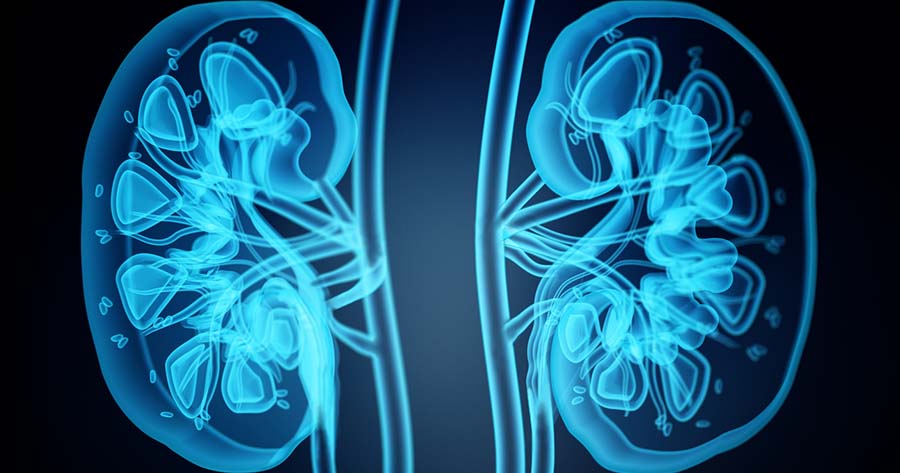In 2008, the diabetes team at the Royal Cornwall Hospital Trust initiated a short, 2-day structured education course for people with type 1 diabetes who are considering insulin pump therapy (continuous subcutaneous insulin infusion [CSII]).
Background
Carbohydrate-counting education programmes, such as DAFNE (Dose Adjustment for Normal Eating), have been shown to improve glycaemic control in people with type 1 diabetes (DAFNE Study Group, 2002); however, such courses can be time-consuming (e.g. a 5-day training course) and costly. The Royal Cornwall Hospital diabetes team sought to develop a shorter, affordable structured education course that could be as effective in improving glycaemic control in individuals who were identified to meet NICE (2008) criteria for CSII. Such individuals are identified using the team’s local CSII referral service.
Sessions
The sessions are held over two half-days (for 4.5 hours) 2 weeks apart at the hospital’s Diabetes and Endocrine Centre. These are small group sessions, each one attended by approximately four participants and conducted by a DSN and a dietitian who have both completed the Bournemouth Insulin Dose Adjustment Course (BIDAC) for healthcare professionals. The course contents include:
- Carbohydrate counting.
- Calculating insulin ratios.
- Learning how to titrate/correct insulin doses.
- Exercise.
- Management of hypoglycaemia.
- Management of hyperglycaemia.
Participants are also shown insulin pumps and given practical instruction on how to use them. Group discussions on the different applications of pump therapy are also undertaken.
Findings
HbA1c levels were measured and recorded for each participant at the start of the programme and at 3 and 6 months following course completion. All eligible individuals commenced CSII therapy within 6 months after completing the education sessions.
Over a period of 12 months, data were collected for 21 participants. The mean baseline HbA1c level was 9.2% (77 mmol/mol; range 6.7–12.3% [50–111 mmol/mol]). At 3 and 6 months, HbA1c levels had reduced to 8.8% (73 mmol/mol) and 8.4% (68 mmol/mol), respectively (P<0.001). There was a 0.6% (6.6 mmol/mol) reduction from pre-course to 6 months in those proceeding to CSII (n=13) and a 1.2% (13.1 mmol/mol) reduction in those continuing on multiple daily injections (MDI; n=7).
At the end of the course, participants were given evaluation forms; 95% rated the sessions as excellent and enjoyable and 90% reported that the course exceeded their expectations.
Conclusion
The data show that this short, structured CSII education group programme can lead to significantly improved glycaemic control in people with type 1 diabetes who progress to CSII or continue with MDI therapy.





NHS England to allow weight-loss injections for prioritised patient cohorts from late June.
5 Apr 2025